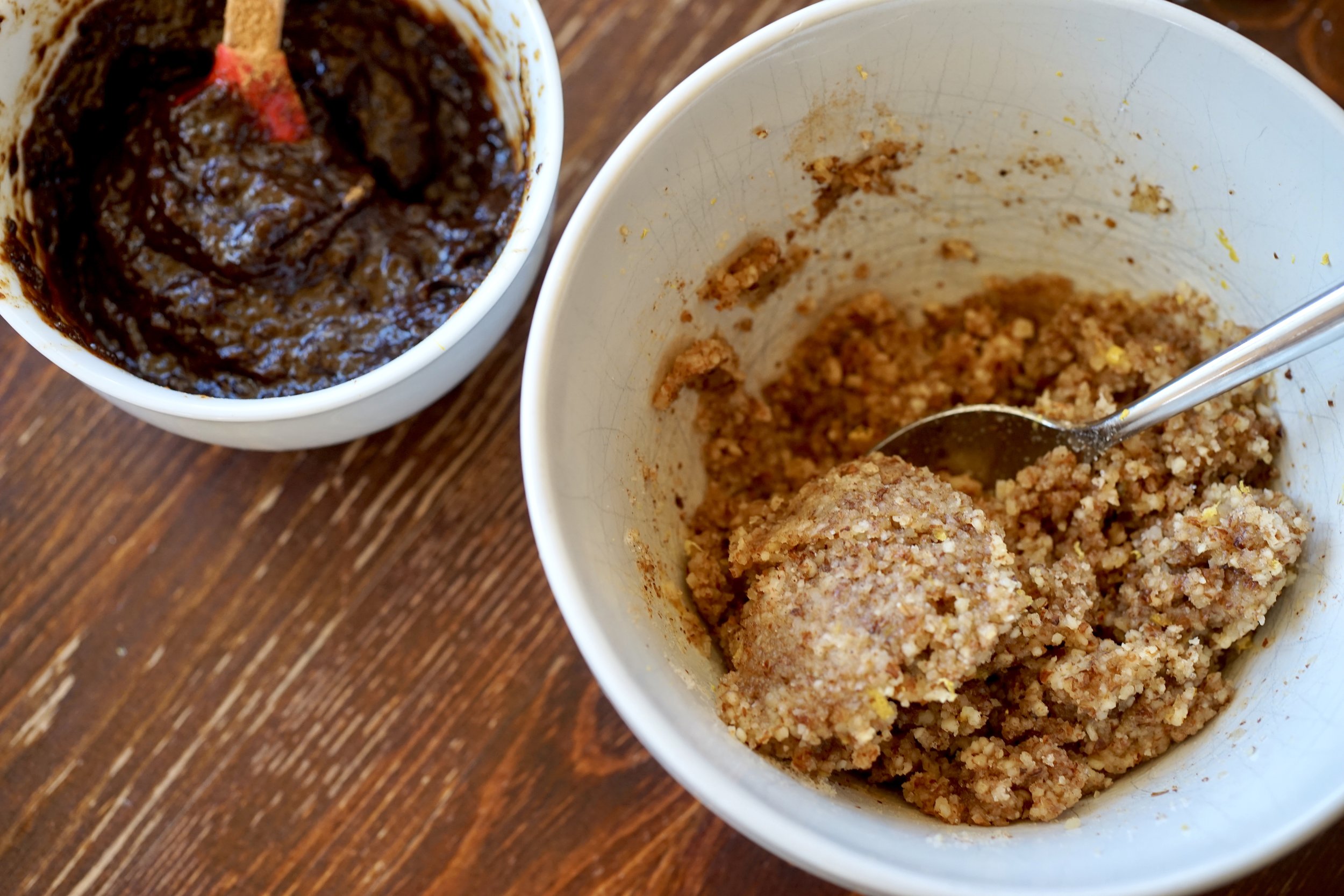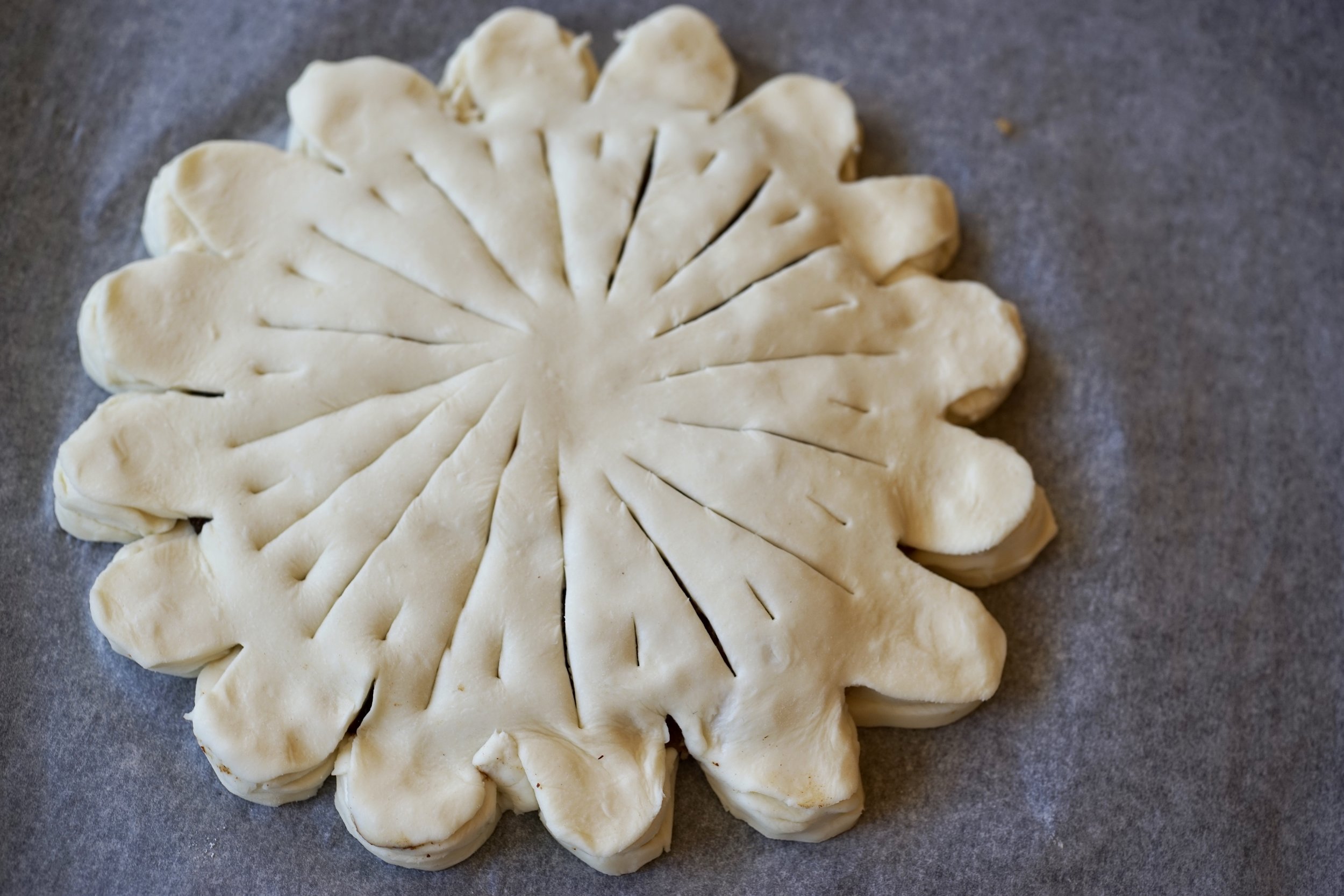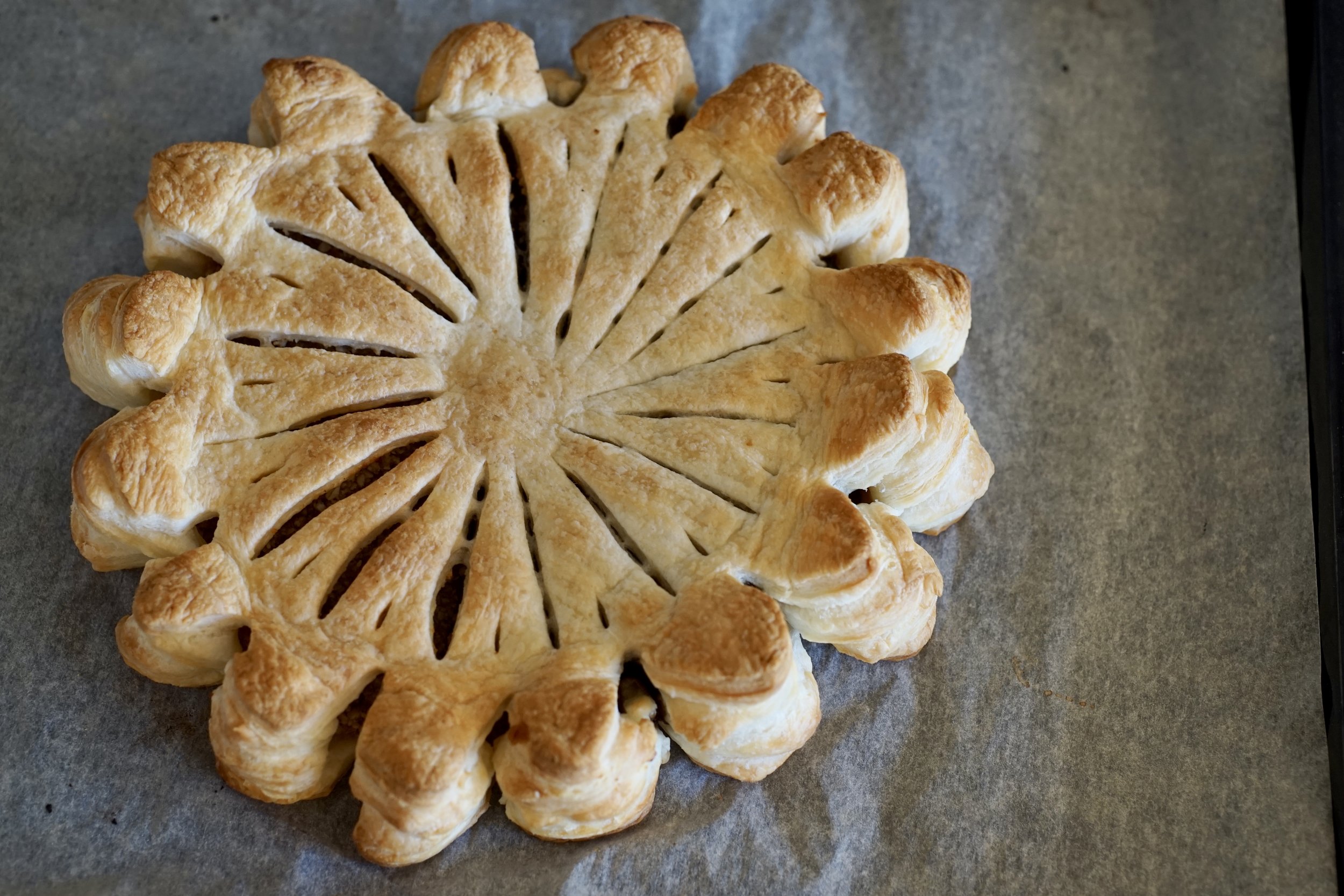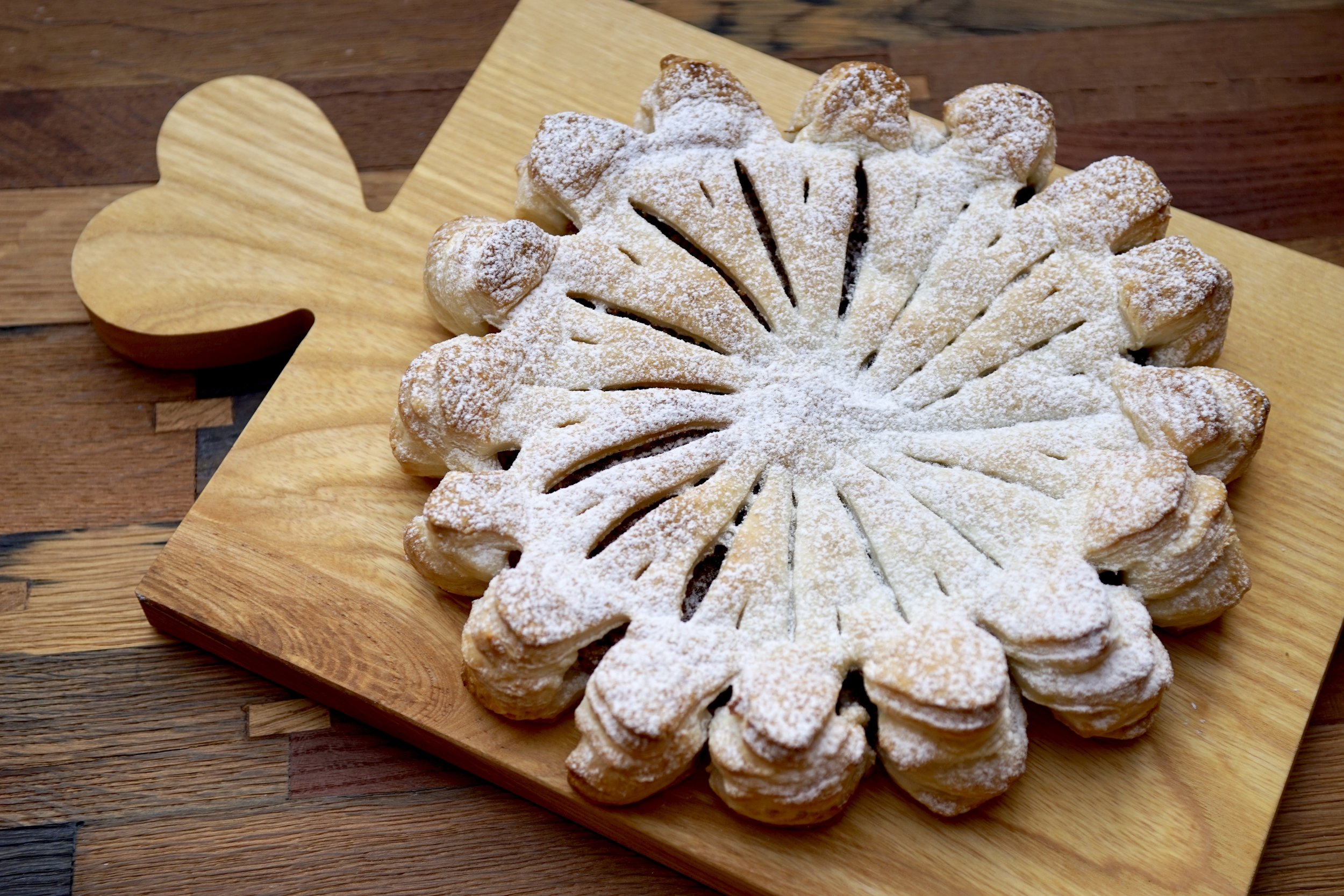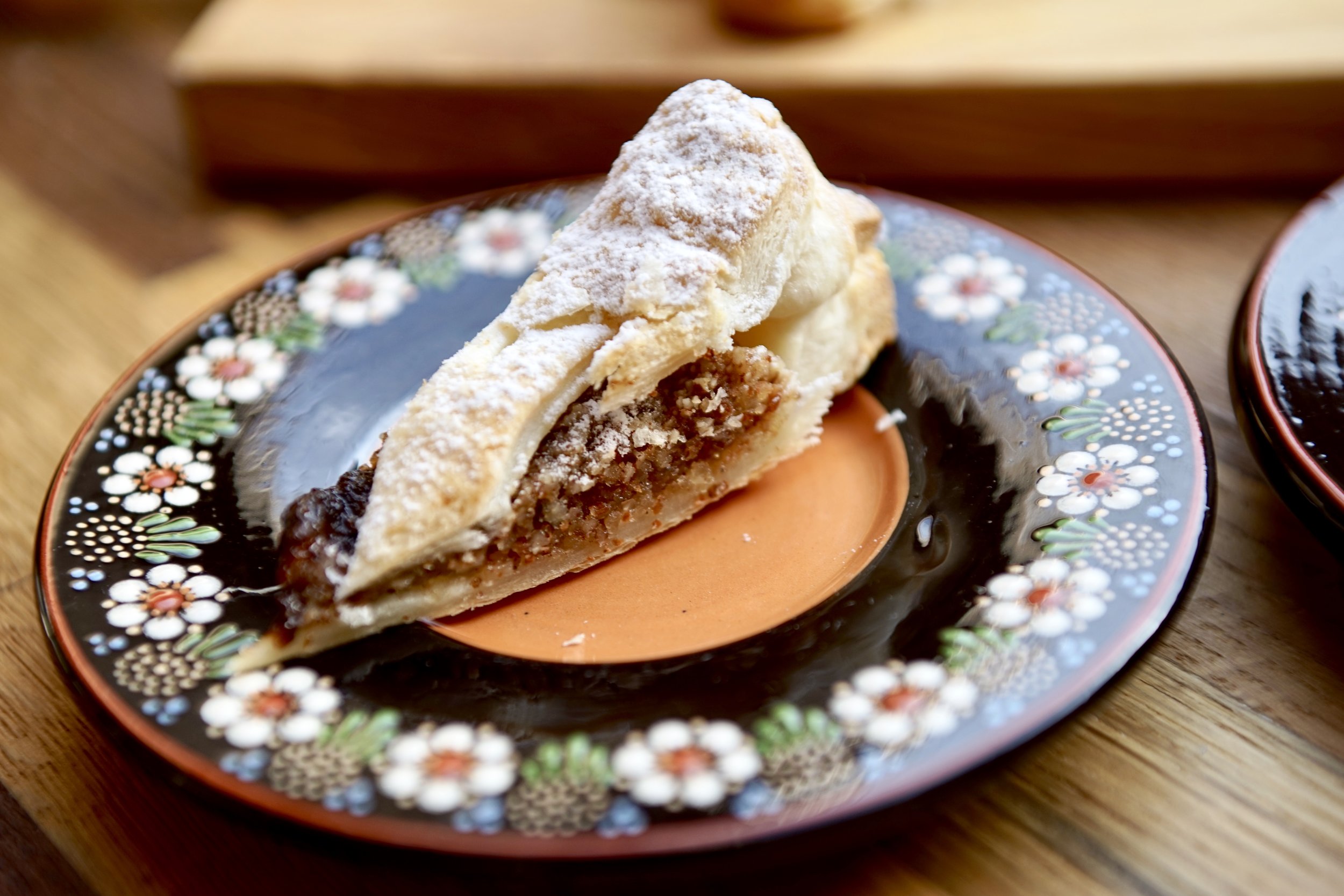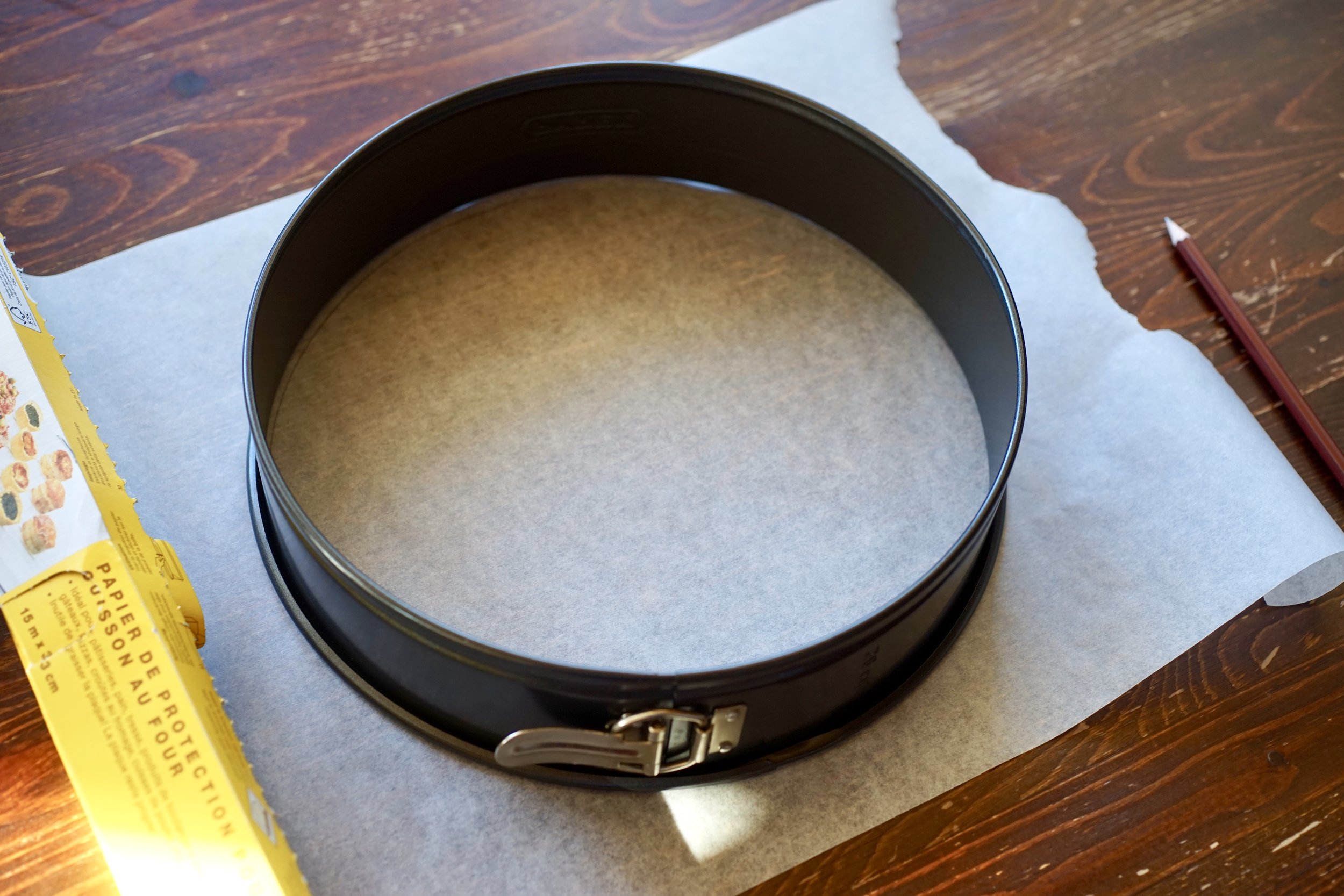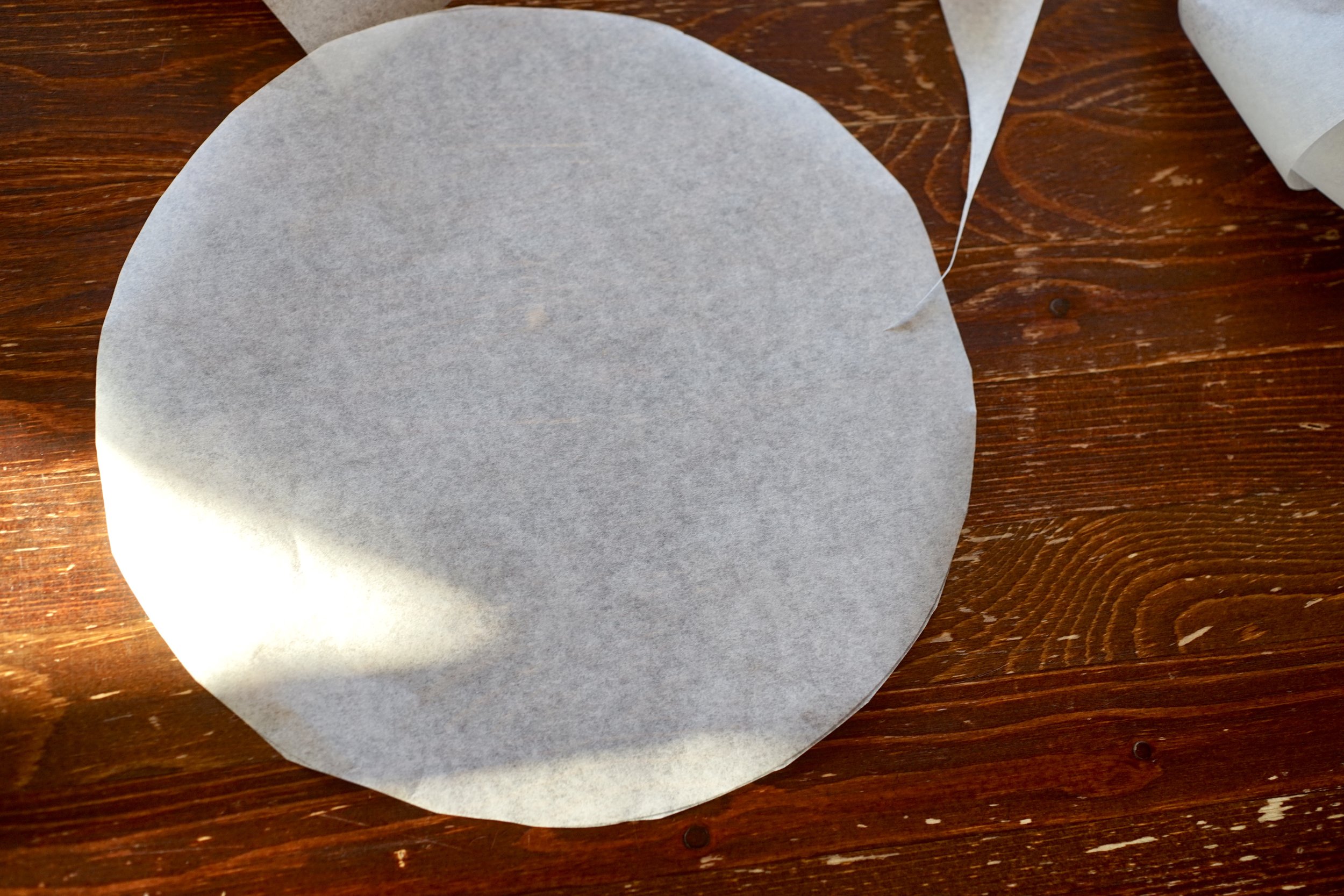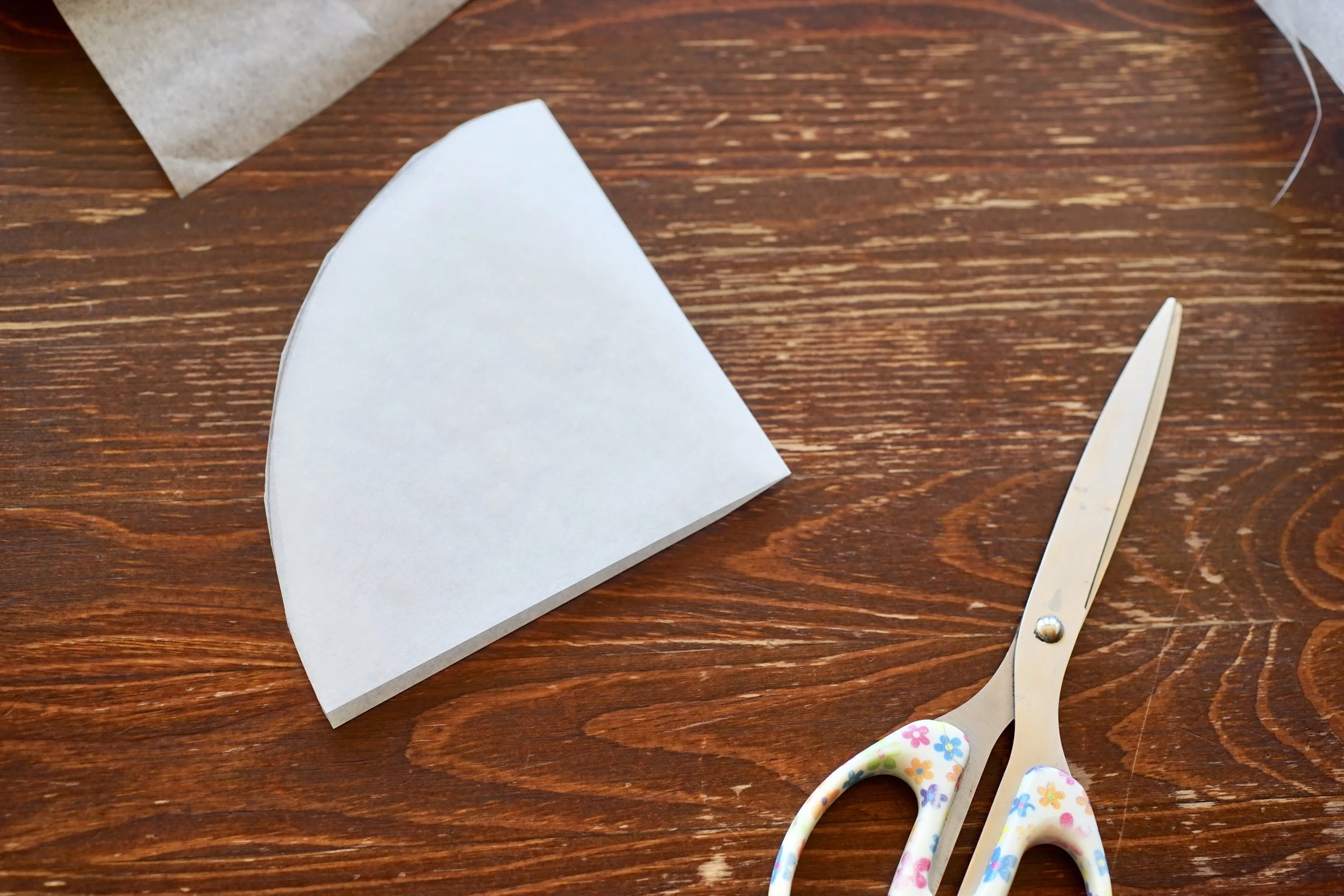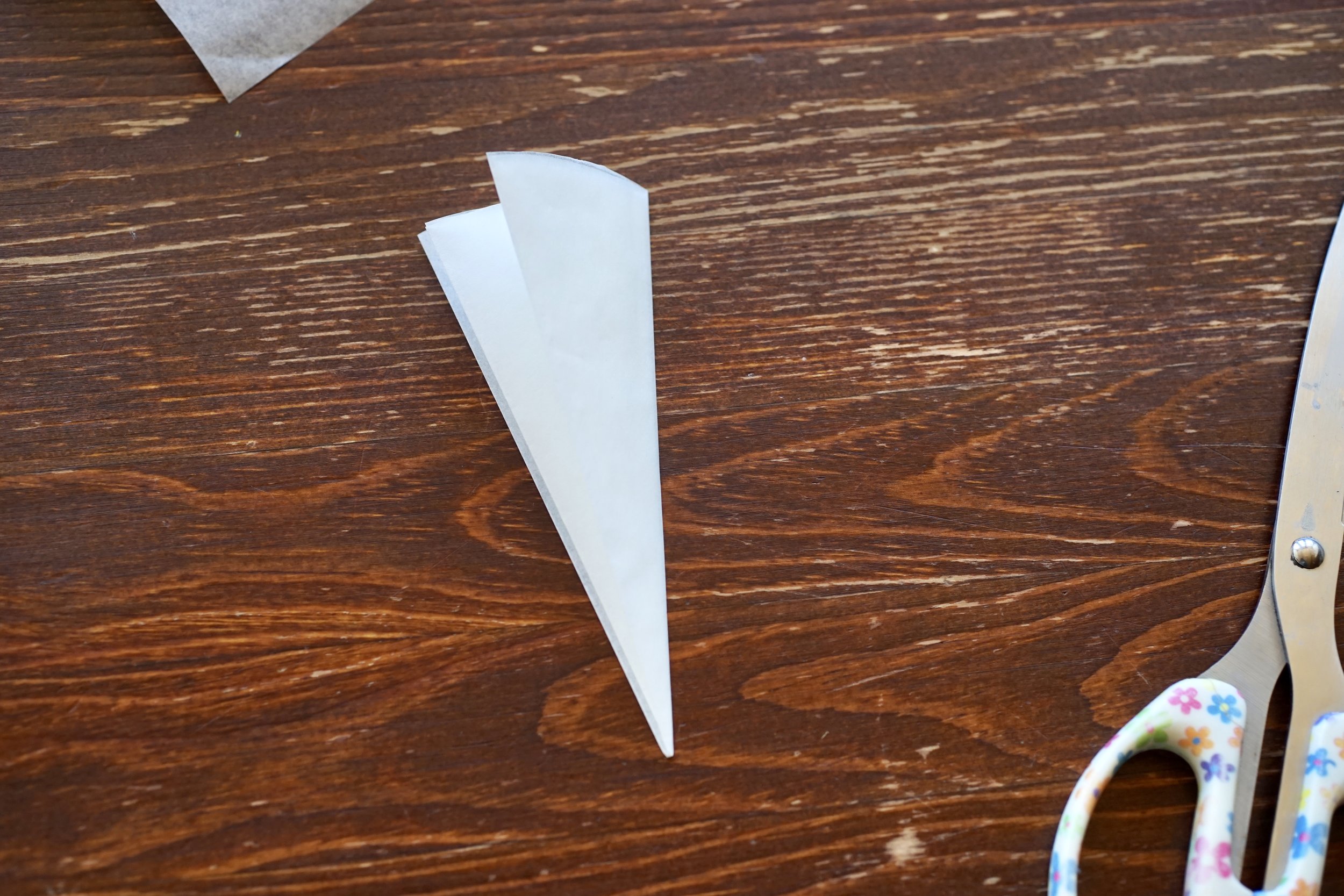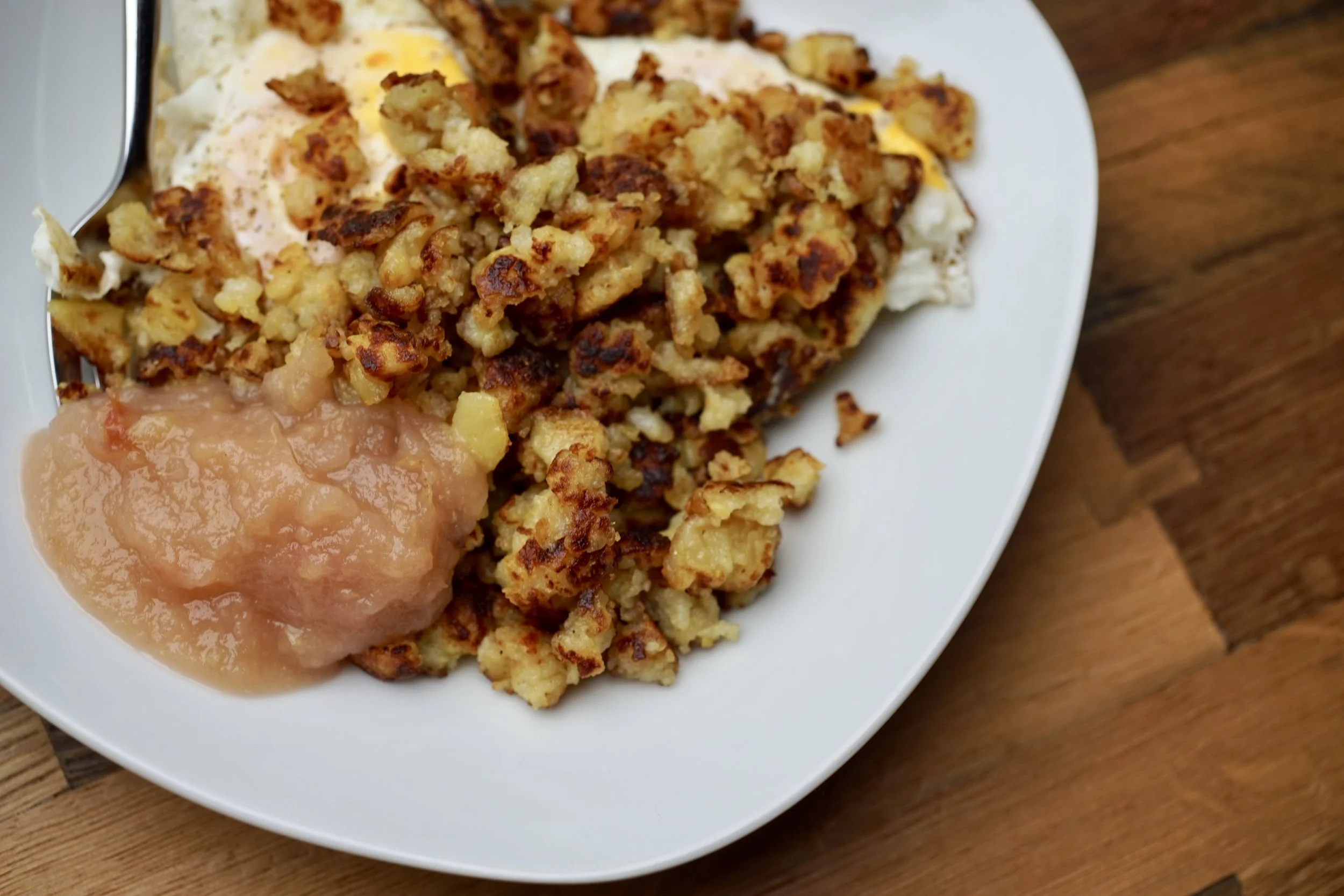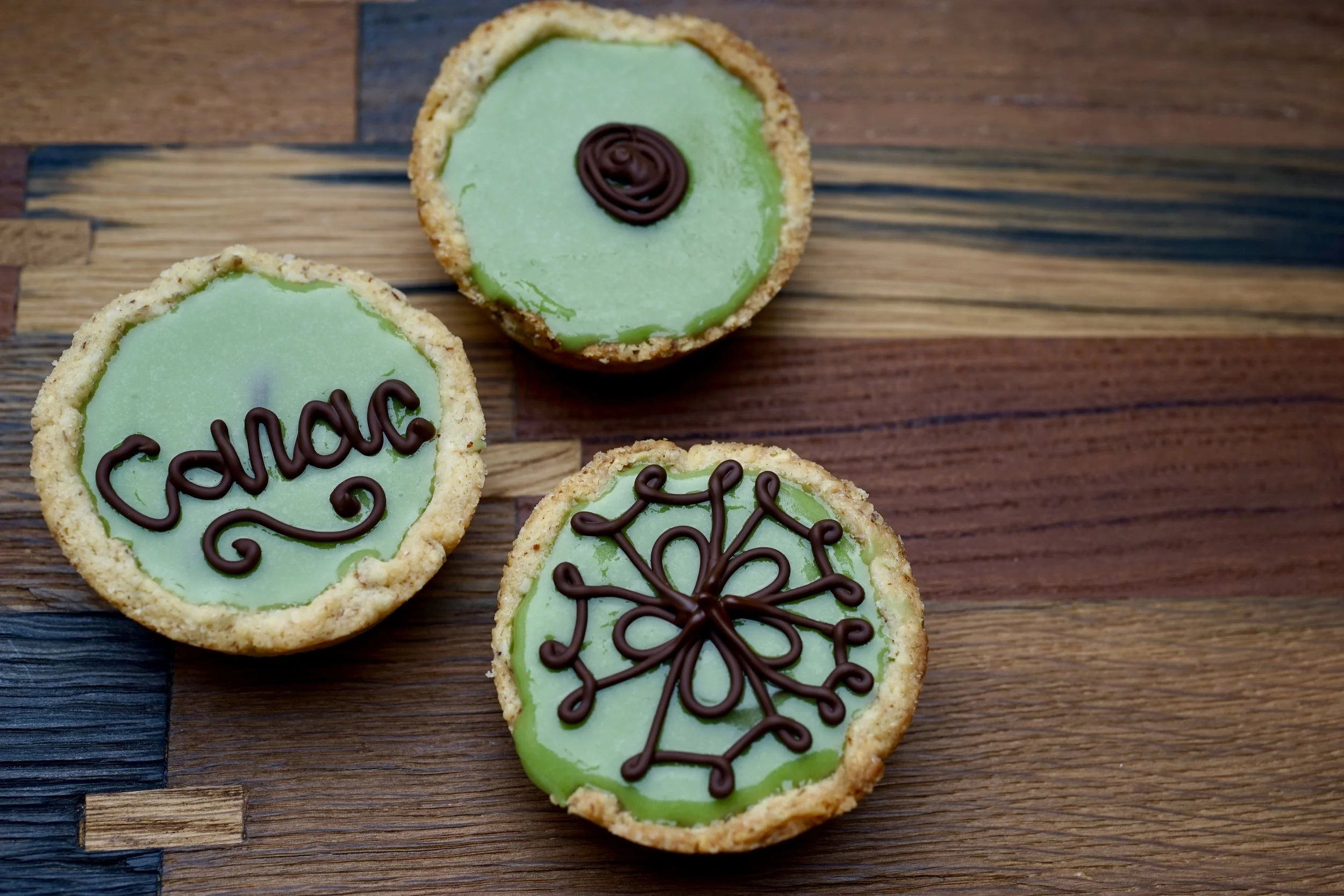Glarner Pastete
The cantonal flag of Glarus has this man on it:
Saint Fridolin, their patron saint.
He was around in the sixth century (the beginning of the Middle Ages) and travelled from his home in Ireland to proselytize and build churches on the continent.
His biography is filled with fable and conjecture and the only real historical fact is that he founded the Säckingen monastery in Baden (a monastery that would later be given as a gift from Charles the Fat—he of another famous Swiss dish, Papet Vaudois—to his wife, Saint Richardis).
The rest is the stuff of legends.
Fridolin had numerous dreams and visions in which Saint Hilary appeared to him. This led Fridolin to name most of his churches after his spirit guide—even Glarus is a take on Hilary in Latin, Hilarius.
During his time in Glarus, Fridolin got to know a landowner named Urso. Upon Urso's death, he left a huge piece of canton Glarus to Fridolin.
Understandably upset about this was Landolf, Urso's brother. He disputed the claim that the land belonged to Fridolin, and so the monk supposedly brought the corpse of Urso back to life so he could set Landolf straight. So distressed by this feat, Landolf left his land to Fridolin too.
Fridolin died on March 6th, which is celebrated in some parts of Glarus.
And what better way to celebrate than with the flaky, double stuffed puff pastry Glarner Pastete? Half filled with dried plums and half with almond paste, it's beloved in the canton and made in numerous bakeries throughout the region. Little individual versions of the tart are called Beggeli and filled with either plums or almonds.
And next time you're in the region, why not visit the beautiful baroque St Hilarius church in Näfels. This church is famous in its own right because of a 14th century murder.
After the murder it was decided that an eternal flame would burn in the church to acknowledge the soul of the departed.
It isn't certain which murder sparked the flame (there are two in contention), but the task of keeping the it alight fell on a local landowner who was required to provide walnut oil for the lamp—and it was even written into his land deed. When the walnut trees died out, this was changed to a 70 CHF fee.
It wasn't until 2012 when the new landowner refused to pay, and the matter was taken to court. Eventually it was ruled that the clause in the land deed had lapsed and the church was required to reimburse the landowner, as well as pay the court for the large amount of research that had been done.
If you can't make it all the way to Glarus to visit the church and pick up your very own Pastete, why not make your own? Recipes consulted in the making of the one below included Betty Bossi and Elisabeth Fülscher.
500 g puff pastry
Plum Filling:
100 g dried plums (prunes)
a cup of strong tea
1 tbsp kirsch
1 tbsp cinnamon
Almond Filling:
100 g almonds
3 tbsp sugar
the zest and juice of a small lemon
1 tbsp cinnamon
icing sugar to garnish
For the filling:
Place the dried plums in a bowl and cover with tea. Let steep while you make the almond filling.
For the almond filling, mix together the almonds, sugar, lemon juice and zest, and cinnamon, and a couple of tablespoons tea from the steeping plums. It should be moist and spreadable.
Drain most of the tea from the plums and use an immersion blender to make a paste. Add the kirsch and cinnamon and mix well.
For the pastry:
Preheat oven to 200 C / 400 F / gas mark 6.
You need to make a template to cut out the pastry. To do this, trace a 26 cm circle (use the bottom of a cake tin or springform pan) on parchment paper, then fold this in half four times. You should have a narrow cone. Cut the top of this into a round. When you open the paper it should have sixteen rounded petals.
Roll out half of the puff pastry into a large circle and use the template to cut out your base. Place this on a parchment lined baking sheet. Roll out the other half and, using the template again, cut out the lid and set aside.
Half moon pastry for a more flowery look.
You want to stack some additional puff pastry along the petals so that they will puff up a lot and look attractive and flowery. To do this, cut half moons out of the leftover pastry. Brush the petals with a little water and then stack one or two half moons on each petal.
Now fill the tart. Spread the plum filling on one half and the almond on the other.
Cover with the pastry lid and press gently around the pastry petals.
Slash the top decoratively.
Bake for about 30-35 minutes, or until the top and bottom are golden.
Let cool, then dust with icing sugar.
I like to use tea when soaking fruit to give it some additional flavour. Generally I use black, vanilla, or chai variations.
Although today the Pastete is almost exclusively filled as described above, there was a time when the fruit component was made with jam or apples. Adapt at will.
The fillings could also be adapted with additional spirits or different spices.
Sam suggested placing the fillings alternately inside the pastry so each slice would get you a little bit of each kind.
If it is warm in your kitchen, it's a good idea to let the whole pastry cool for a bit in the fridge or freezer before you put it in the oven.
Another classic from Glarus?
Zigerhöräli







